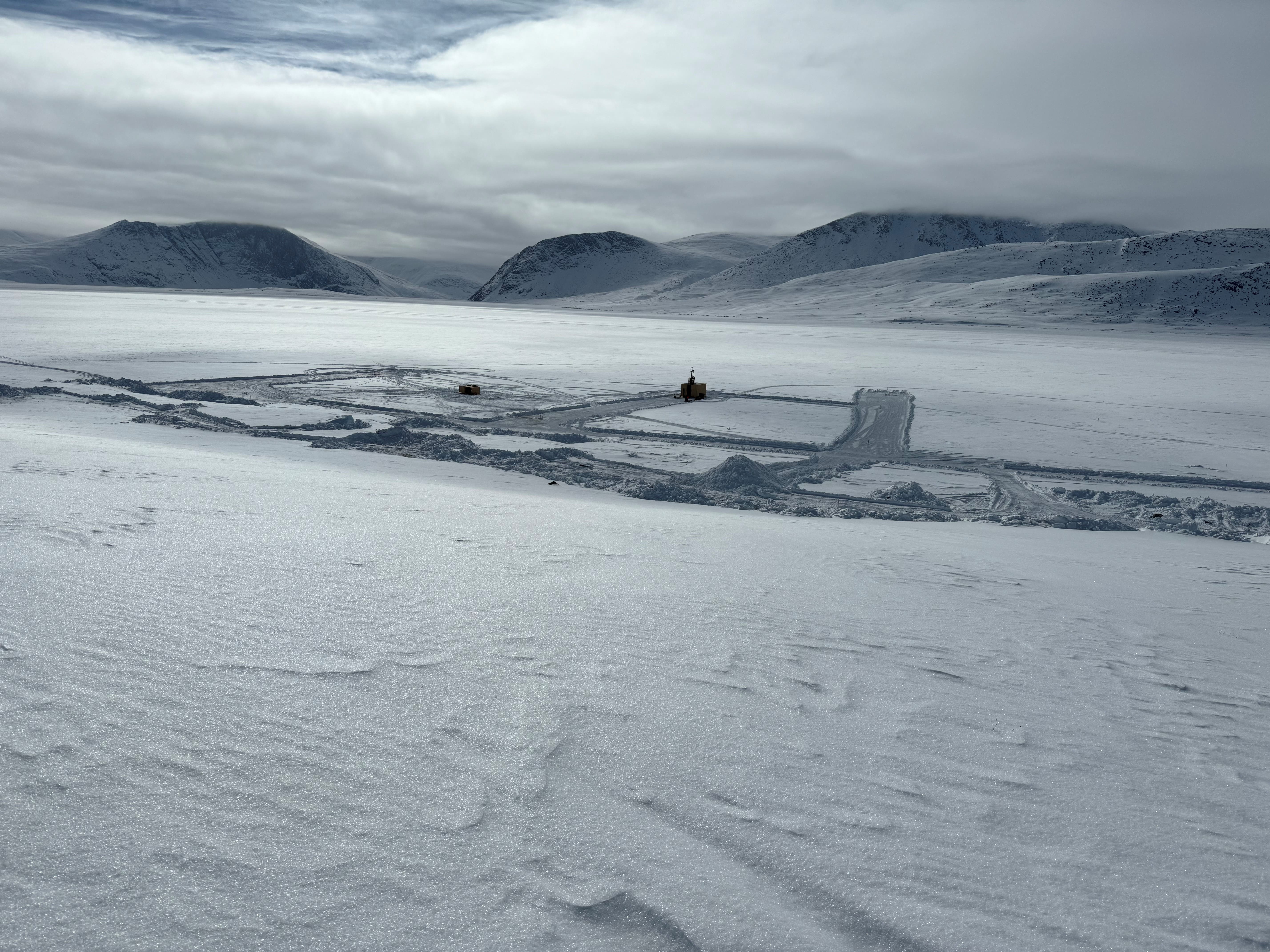Ice safety is important to us. We help our clients assess ice bearing capacity to mobilize equipment on to ice covers in both fresh and saltwater environments.
We recently delivered a project in Nunavut that involved assessing the ice bearing capacity of sea ice to hold drilling equipment. Drilling on sea ice offers different challenges from drilling on lake ice: the salt creates brine pockets that freeze at lower temperatures, therefore making the ice weaker. The ebb and flow of the tide also affects the ice. Part of the process of working safely on ice covers is to monitor the cover for cracking and other signs of distress. Ice assessments also need to consider how long an object will be on the ice: a stationary load causes mores stress than a vehicle moving across the ice.
Our work involved assessing the ice thickness required to support the load and advising the construction contractor on what to look for with ice. The contractor was required to drill the ice at certain intervals to measure the ice thickness. Ice must be of a certain type and must have a minimum thickness to support the design loads. The biggest concern is warming weather and ice breakup: as a project heads further into spring, the ice loses more and more strength.
When planning work over ice, it’s best to start early. Ice work can only be completed between November and April of a given winter.
Thurber is so passionate about preventing ice-related fatalities that Sam Proskin helped develop the original OHS guidelines on building and working safely on ice covers in Alberta. He participated in the guideline revision in 2013, and led the 2024 revision with support from Thurber’s Ala Salman.
Photo courtesy of: Adaptive Baseline Geotechnical Ltd.


